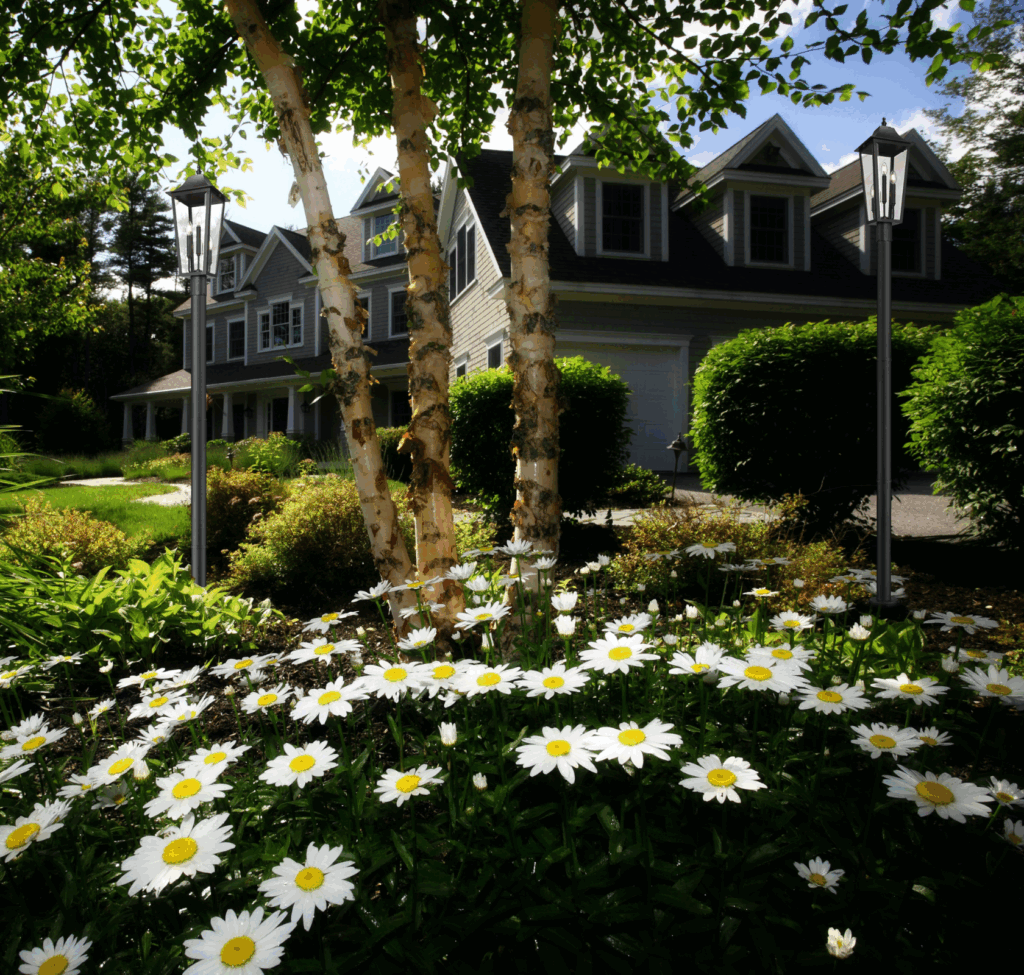Free Ground Shipping on Orders Over $49 Details & Exclusions Excludes Curb Side Delivery (LTL). Lower 48 United States Only. • Shop The Latest Lookbook
Dec 2, 2014
Motion Sensor Lighting Installation Guide
Increase the level of security of your home by installing a motion sensor lighting. Motion sensors function by sending out a beam of infrared light which, when broken, triggers the light to switch on. These contain a photocell sensor, so they are not activated during the day. You can customize the range of the beam’s coverage as well as the length of time you would like the light to stay on. Here are the steps in installing motion sensor lights:
Step #1: Turn the Power Off
Turn off the breaker of the power source. Use a voltage tester to confirm that you the right circuit breaker has been switched off.
Step #2: Prepare the Switch
The motion sensor light will always be in the “on” position, but you will also need to install a switch on the circuit so you are able to interrupt the power if needed. Decide where you want to install the switch that will control the outside motion sensor light. Hold the switch box against the wall with the open face in then, with a pencil, trace around the box. Cut along the outline using a drywall saw then dry-fit the box. Make sure it fits.
Step #3: Prepare the Location for the Motion Sensor
With a power drill that has a spade bit, bore a hole through the side of the garage or the house for the electric cable.
Step #4: Run the Cable
From the power source’s location, run a length of 12-2g cable to the switch and another length of cable from the switch to the location of the light fixture. Label the cables at the switch so you know which one is from the power source and which is extending to the fixture.
Step #5: Wire the Switch
From the hole that you’ve cut for the switch box, take the two cables and slide them through two entry slots on the backside of the switch box. Pull about six to eight inches of cable through the box to work with. Place the switch box into the hole. Fasten the two side screws to secure the switch box onto the wall. Get the cable ripper then make a slit in the sheathing of both cables. Using a utility knife, cut the excess sheathing and paper insulation away. From the ends of each wire, strip half an inch of insulation with wire strippers. Using needle-nose pliers, twist the two white wires together then seal with a wire connector. Wrap the connection with electrical tape and put the white wires back into the box.
Take a spare 6-inch piece of ground wire. Connect one end of this wire to the other two ground wires inside the box using a wire connector to form a pigtail. Wrap this around the green ground screw on the switch then tighten it down. Next, wrap the black wire from the power source in a clockwise manner around the bottom screw terminal on the switch then tighten the screw down. You will also need to wrap the black traveler wire heading to the fixture, also clockwise, around the top screw terminal on the switch then tighten the screw down. Cover the screws by wrapping electrical tape around the switch then secure the switch onto the box with the two screws that are included with the switch. Mount the switch cover plate.

Step #6: Wire and Mount the Light Fixture
On the back side of the weatherproof fixture box, remove the knockout then slip the cable through it. Fasten the fixture box to the side of the building using the screws included in the kit. Prep the cable using the cable ripper and wire strippers.
If the motion sensor light you purchased has a pre-wired motion sensor, connect the two ground wires, two white wires, and two black wires together using a wire connector to secure each pair then wrap electrical tape around each connection.
If the motion sensor is not pre-wired, connect the wires from the fixture to the wires in the wall box – ground to ground wire first, followed by the white wires to their matching white wires, then black to black, then the red wire to the black wires from the sockets. Secure each of these connections with a wire connector, then wrap each with electrical tape.
Mount the fixture to the wall box using the screws included in the kit you purchased. Adjust the direction of the light sockets, motion sensor, and the sensitivity controls located on the base of the sensor. Install the appropriated flood lights. Make sure that these are properly rated for the fixture’s sockets. On the top half of the weatherproof box where it meets the building, apply a bead of exterior-grade silicone caulk to protect it from the elements.
Step #7: Connect the Circuit to the Power Source
Remove the cover plate and the knockout from the side of the junction box. At the circuit breaker, turn off the power to the circuit you’re going to connect to. Use a voltage tester to check and make sure that the current is off. Slide the cable through a cable connector and fasten the screws about six inches from the cable extended beyond the threaded nipple. Slip the cable through the knockout hole. Secure it to the junction box using the locknut that came with the cable connector. With the cable ripper and wire strippers, prep the wires then connect the ground wire to its corresponding wire in the junction box. Next, connect the white wire to the white wire from the circuit. Then connect the black wire with the black wire from the same circuit. Use a wire connector to secure each of these connections and wrap them with electrical tape. Push the wires back into the junction box carefully and place back the cover plate.
Step #8: Turn Power Back On and Test the Light
Check and ensure that the switch is in the off position. Turn the breaker back on, then the switch. The flood lights should turn on and stay on for a few minutes. Once the photocell adjusts, it will automatically turn the lights off.




